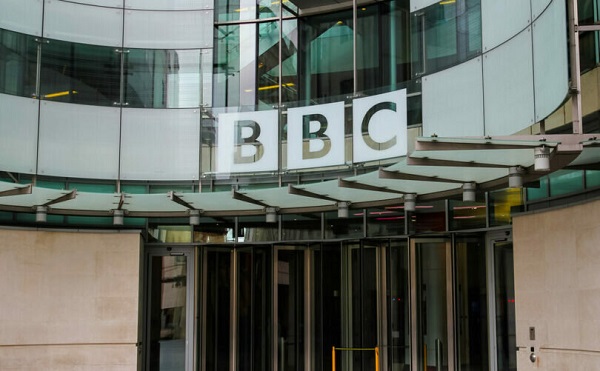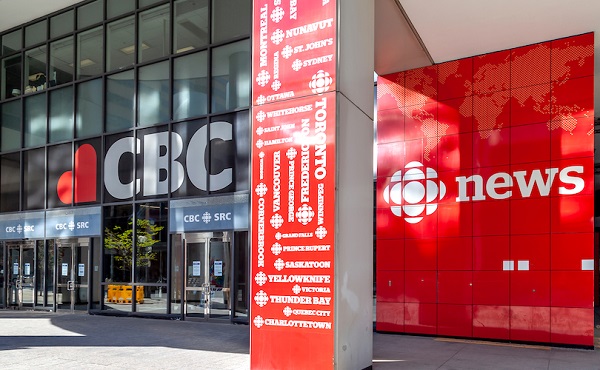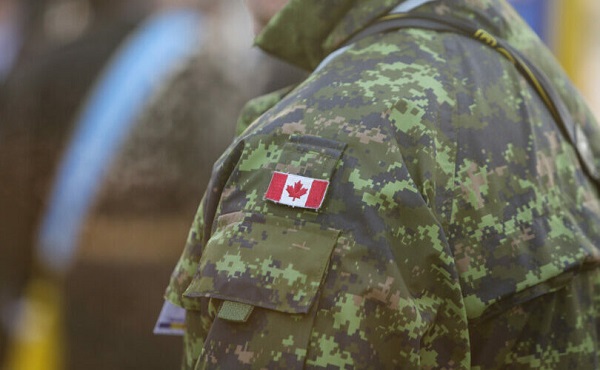Education
Toronto-area Catholic school hid ‘trans’ identity of 10-year-old girl from her parents
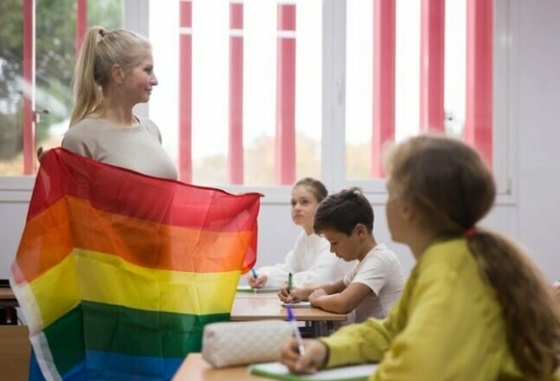
From LifeSiteNews
A school in the York Catholic District School Board kept ten-year-old Julie’s ‘transition’ a secret from her parents and called the Children’s Aid Society when her parents questioned what was happening with their daughter. The girl has since detransitioned.
A Toronto-area Catholic school has been exposed for hiding a young girl’s “gender transition” from her parents, and calling the Children’s Aid Society on the family when the parents expressed concern over the decision.
In a September 3 article, the National Post revealed that an unnamed school in the York Catholic District School Board (YCDSB), located in the suburbs of Toronto, kept a ten-year-old girl’s “transition” a secret from her parents and called the Children’s Aid Society (CAS) when her parents questioned what was happening. The National Post article uses the alias “Julie” for the girl for privacy reasons, it also uses aliases for the names of the parents.
“Transgender activists were actively posting videos about ‘safe’ breast binding and how euphoric testosterone makes you feel and how it makes all your problems suddenly disappear. The more I was brainwashed by these videos, the more I started to resonate with them,” Julie, who is now thirteen and no longer thinks she is “transgender,” told the outlet.
The article retells Julie’s experience, relaying that her gender dysphoria began in 2021 when she installed social media app TikTok and spent hours on it during COVID lockdowns. While online, Julie fell down rabbit holes and “discovered the LGBTQ+ community.”
In 2021, at the start of her grade five year, after watching a video asking viewers whether they were “anxious and uncomfortable” in their own bodies, Julie became convinced she was “non-binary.”
In 2022, she came out to her class and began using “they/them” pronouns and a male name with the help of a teacher from the YCDSB. This development was kept from her parents who only discovered it in June 2022 when Julie began cutting her hair short and revealed that she did not feel “like a girl anymore.”
“It was a horrible time for me as a parent because so much was happening behind my back. I didn’t know for a long while about many things that were happening. I suspected that something was really wrong,” Julie’s mother, Christina, recalled to the National Post.
Many Ontario school boards have policies requiring teachers and staff withhold students’ private information from their parents, including the York Region District School Board, Thames Valley District School Board, and the Hamilton-Wentworth District School Board.
By the beginning of grade six, in September 2022, Julie believed she was a boy, using a male name and looking into testosterone injections and a double mastectomy.
Julie also began wearing a chest binder, which led to a fight with her parents who worried about its long-term effects, especially as it had already caused bruising. Shortly after, Julie ran away from home and was later hospitalized with the intent to self-harm.
However, instead of addressing Julie’s underlying phycological issues, doctors assured her that chest binding was safe and even asked if she would like to learn about puberty blockers.
“At that age, I can’t make a conscious decision about medical interventions with an extremely high risk of life-threatening side effects that could make me unable to ever conceive a child,” Julie declared. “All accepted that I’m a boy and never tried to dig up any underlying problems that might be causing these suicidal ideations.”
After Julie ran away, the school called CAS, claiming that Christina’s opposition to Julie’s transition is a potential “culprit of conflict.” Over the next few months, the school called CAS several times, leading the agency to visit the family in their home at least five times.
The school principal told CAS that “she knows that the family loves their child and want the best for the child but they are doing a lot of damage emotionally at this time.”
Finally, in the early months of grade seven, now aged twelve, Julie’s father brought home Irreversible Damage by Abigail Shrier, which discussed the reasons behind gender dysphoria. While her father had bought the book for himself, Julie read it out of curiosity.
“After reading about detransitioners and how they came to identify as transgender, I understood I was heading in the wrong direction and needed to turn around before I hurt my loved ones or myself,” she revealed.
This began Julie’s detransition journey, which she discovered was not as celebrated as her initial decision to identify as a boy.
“When we announced that she wants to go back to female pronouns, everyone kept asking: ‘Are you sure? Are you sure you want to transition?’” Christina said.
Similarly, Julie revealed, “I did not really lose any friends, but my closest friends seem to be, pushing away from me. Like, they’re not talking to me as much, and they’re part of the LGBTQ” community.”
Now, as she enters grade eight, Julie revealed that she “finally felt truly at peace with my identity.”
Unfortunately, Julie’s story is not unique.
As LifeSiteNews previously reported, many Ontario parents revealed that public schools did not ask for parental consent before “gender transitioning” their children, resulting in child-parent relationships being destroyed.
Despite the claims of LGBT activists, a significant body of evidence shows that “affirming” gender confusion carries serious harms, especially when done with impressionable children who lack the mental development, emotional maturity, and life experience to consider the long-term ramifications of the decisions being pushed on them, or full knowledge about the long-term effects of life-altering, physically transformative, and often irreversible surgical and chemical procedures.
Studies find that more than 80 percent of children suffering gender dysphoria outgrow it on their own by late adolescence and that “transition” procedures, including “reassignment” surgery, fail to resolve gender-confused individuals’ heightened tendency to engage in self-harm and suicide – and even exacerbate it, including by reinforcing their confusion and neglecting the actual root causes of their mental strife.
Education
Johns Hopkins University Announces Free Tuition For Most Students
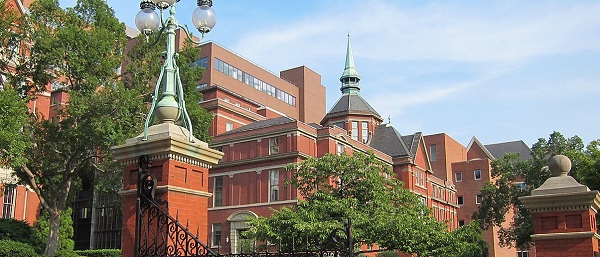

From the Daily Caller News Foundation
Johns Hopkins University (JHU) announced on Thursday it is making tuition free for families earning less than $200,000 and will waive both tuition and living expenses for those making less than $100,000.
The university stated that “a majority of American families” will qualify for the fee exemption, allowing most students to attend without contributing a single dollar. The decision is meant to help recruit “the best and brightest students to Johns Hopkins irrespective of their financial wherewithal.”
“Trying to understand financial aid offers can be overwhelming,” David Phillips, vice provost for admissions and financial aid at JHU, said in the announcement. “A big goal here is to simplify the process. We especially want to reach students and families from disadvantaged backgrounds, rural locations, and small towns across America who may not know that a Hopkins degree is within reach.”
Dear Readers:
As a nonprofit, we are dependent on the generosity of our readers.
Please consider making a small donation of any amount here.
Thank you!
In 2018, Michael Bloomberg donated nearly $2 billion to the university, the largest ever single gift to a U.S. university. JHU said it used this money “to become permanently need blind and no-loan in financial aid.”
The university also receives the most federal funding of any university, raking in more than $3 billion from the government in fiscal year 2023 for research and development alone. This is more than double what the next highest recipient of federal funding that year, the University of Washington, received.
Despite this, JHU in June complained that federal funding cuts forced it to institute a hiring freeze and pause annual pay increases for employees. In its message to the community at the time, the university also mentioned its disagreement with “recent efforts to limit or withhold visas from the international students and scholars.”
Some universities admit mass numbers of foreign students in order to pad their pockets, as such students often pay full tuition and fee costs without financial assistance.
Education
Why classroom size isn’t the issue teacher unions think it is

This article supplied by Troy Media.
The real challenge is managing classrooms with wide-ranging student needs, from special education to language barriers
Teachers’ unions have long pushed for smaller class sizes, but the real challenge in schools isn’t how many students are in the room—it’s how complex those classrooms have become. A class with a high proportion of special needs students, a wide range of academic levels or several students learning English as a second language can be far more difficult to teach than a larger class
where students are functioning at a similar level.
Earlier this year, for example, the Elementary Teachers’ Federation of Ontario announced that smaller class sizes would be its top bargaining priority in this fall’s negotiations.
It’s not hard to see why unions want smaller classes. Teaching fewer students is generally easier than teaching more students, which reduces the workload of teachers. In addition, smaller classes require hiring more teachers, and this amounts to a significant financial gain for teachers’ unions. Each teacher pays union dues as part of membership.
However, there are good reasons to question the emphasis on class size. To begin with, reducing class size is prohibitively expensive. Teacher salaries make up the largest percentage of education spending, and hiring more teachers will significantly increase the amount of money spent on salaries.
Now, this money could be well spent if it led to a dramatic increase in student learning. But it likely wouldn’t. That’s because while research shows that smaller class sizes have a moderately beneficial impact on the academic performance of early years students, there is little evidence of a similar benefit for older students. Plus, to get a significant academic benefit, class sizes need to be reduced to 17 students or fewer, and this is simply not financially feasible.
In addition, not only does reducing class sizes mean spending more money on teacher compensation (including salaries, pensions and benefits), but it also leads to a decline in average teacher experience and qualifications, particularly during teacher shortages.
As a case in point, when the state of California implemented a K-3 class-size reduction program in 1996, inexperienced or uncertified teachers were hired to fill many of the new teaching positions. In the end, California spent a large amount of money for little measurable improvement in academic performance. Ontario, or any other province, would risk repeating California’s costly experience.
Besides, anyone with a reasonable amount of teaching experience knows that classroom complexity is a much more important issue than class size. Smaller classes with a high percentage of special needs students are considerably more difficult to teach than larger classes where students all function at a similar academic level.
The good news is that some teachers’ unions have shifted their focus from class size to classroom complexity. For example, during the recent labour dispute between the Saskatchewan Teachers’ Federation (STF) and the Saskatchewan government, the STF demanded that a classroom complexity article be included in the provincial collective agreement. After the dispute went to binding arbitration, the arbitrator agreed with the STF’s request.
Consequently, Saskatchewan’s new collective agreement states, among other things, that schools with 150 or more students will receive an additional full-time teacher who can be used to provide extra support to students with complex needs. This means that an extra 500 teachers will be hired across Saskatchewan.
While this is obviously a significant expenditure, it is considerably more affordable than arbitrarily reducing class sizes across the province. By making classroom complexity its primary focus, the STF has taken an important first step because the issue of classroom complexity isn’t going away.
Obviously, Saskatchewan’s new collective agreement is far from a panacea, because there is no guarantee that principals will make the most efficient use of these additional teachers.
Nevertheless, there are potential benefits that could come from this new collective agreement. By getting classroom complexity into the collective agreement, the STF has ensured that this issue will be on the table for the next round of bargaining. This could lead to policy changes that go beyond hiring a few additional teachers.
Specifically, it might be time to re-examine the wholesale adoption of placing most students, including those with special needs, in regular classrooms, since this policy is largely driving the increase in diverse student needs. While every child has the right to an education, there’s no need for this education to look the same for everyone. Although most students benefit from being part of regular academic classes, some students would learn better in a different setting that takes their individual needs into consideration.
Teachers across Canada should be grateful that the STF has taken a step in the right direction by moving beyond the simplistic demand for smaller class sizes by focusing instead on the more important issue of diverse student needs.
Michael Zwaagstra is a senior fellow with the Frontier Centre for Public Policy.
Troy Media empowers Canadian community news outlets by providing independent, insightful analysis and commentary. Our mission is to support local media in helping Canadians stay informed and engaged by delivering reliable content that strengthens community connections and deepens understanding across the country
-
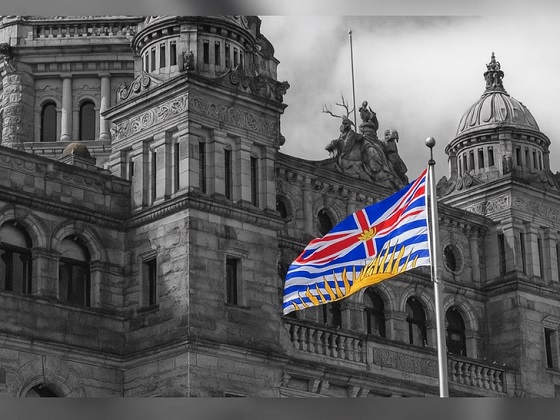
 Frontier Centre for Public Policy1 day ago
Frontier Centre for Public Policy1 day agoRichmond Mayor Warns Property Owners That The Cowichan Case Puts Their Titles At Risk
-
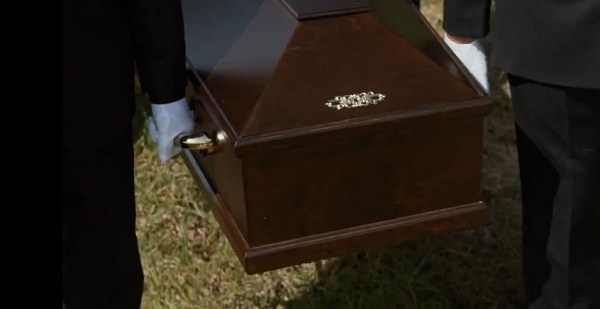
 armed forces2 days ago
armed forces2 days agoCanadian veteran says she knows at least 20 service members who were offered euthanasia
-
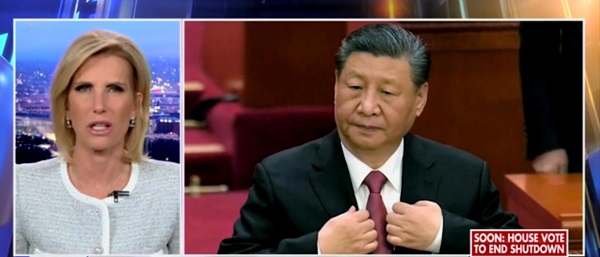
 Daily Caller2 days ago
Daily Caller2 days agoLaura Ingraham’s Viral Clash With Trump Prompts Her To Tell Real Reasons China Sends Students To US
-
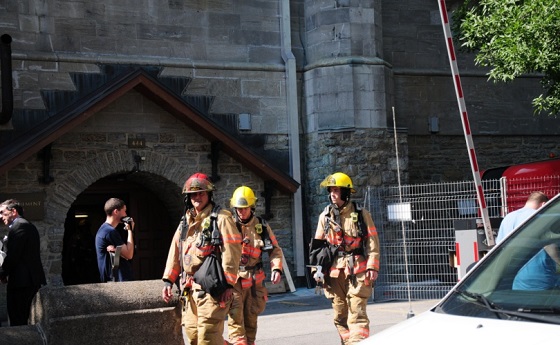
 National2 days ago
National2 days agoConservative bill would increase penalties for attacks on places of worship in Canada
-

 Alberta2 days ago
Alberta2 days agoHow economic corridors could shape a stronger Canadian future
-
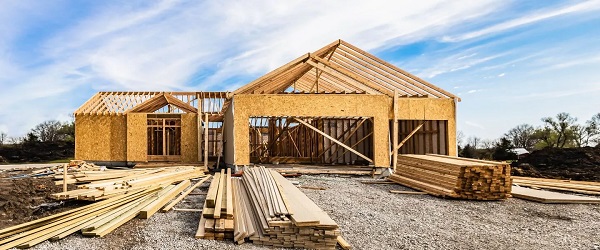
 Business1 day ago
Business1 day agoSluggish homebuilding will have far-reaching effects on Canada’s economy
-
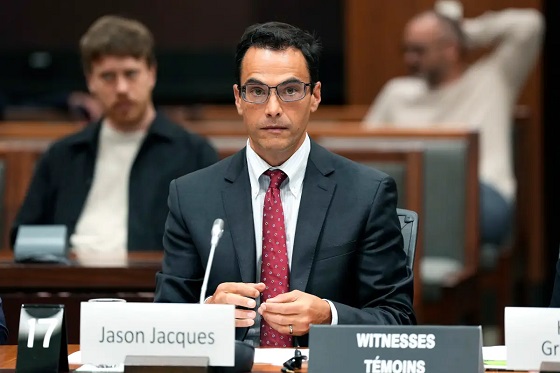
 Business1 day ago
Business1 day agoMark Carney Seeks to Replace Fiscal Watchdog with Loyal Lapdog
-
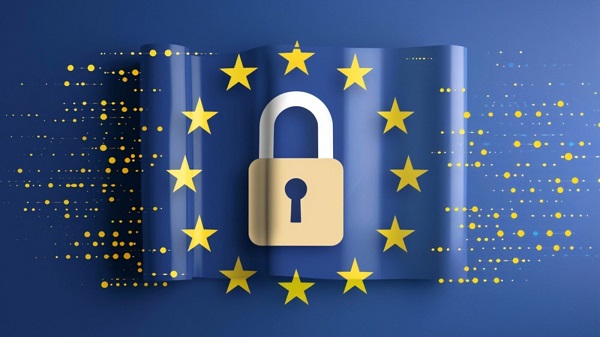
 Censorship Industrial Complex20 hours ago
Censorship Industrial Complex20 hours agoEU’s “Democracy Shield” Centralizes Control Over Online Speech






